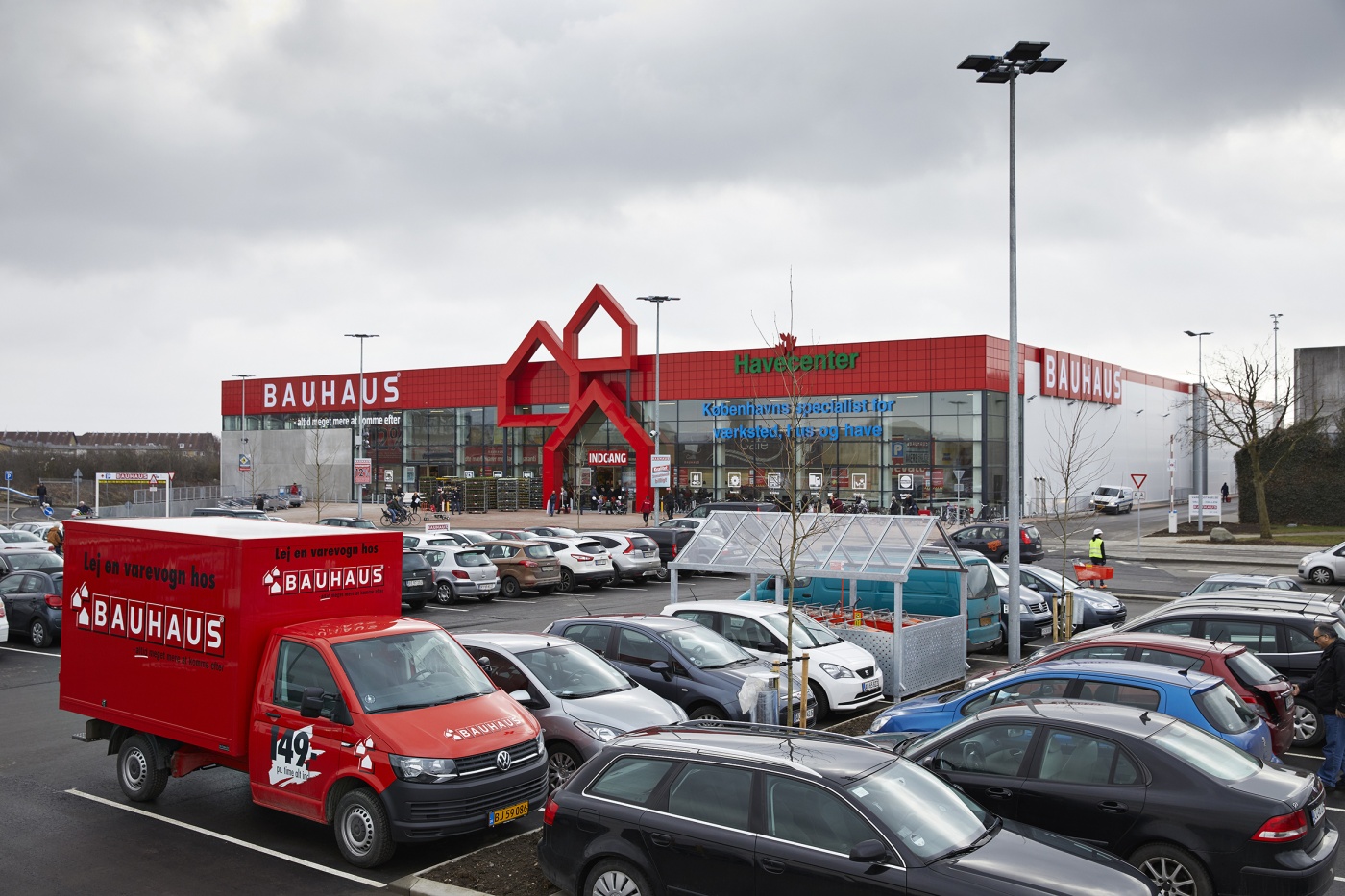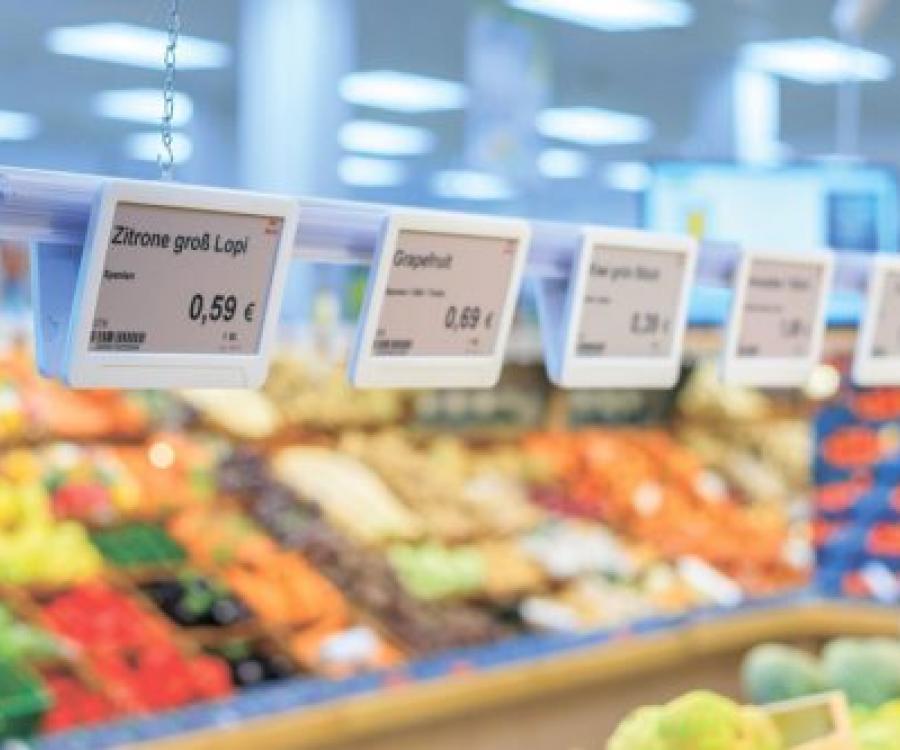
In the end of 2017, Bauhaus in Tilst, Denmark, implemented electronic shelf labels on its more than 40,000 items. Since then, the electronic pricing has reduced the number of price errors significantly, increased the overall employee satisfaction on the floor, optimized the overall customer experience and made workflows more flexible - all in all, a good solution for both customers, employees and the business.
Already at the entrance at Bauhaus in Tilst, the electronic shelf labels are visible, giving the department store a stylish and welcoming look. It has taken about a month to get the full implementation in place. Within the opening hours of the store, about 10 people were assigned to the task, supported by various suppliers. In the same way, the supplier of electronic shelf labels, Delfi Technologies has been on the sideline with advice throughout the entire process.
The implementation of the electronic shelf labels has eliminated the task of printing new price labels and the physical replacement in the store. Price changes can now be made in seconds from a central computer.
The solution with the electronic shelf labels is liberating for anyone working on the floor in Bauhaus. We now have a lot more time for our customers and also have the opportunity to do more with campaigns and other tasks that support our daily work, says Jesper Thomsen, who is working in the lighting department in Bauhaus, Tilst.
Price errors at a minimum
After the integration of electronic shelf labels, the level of price errors has been minimal. During the weekend, approximately 3,000 expeditions take place and previously there was an error margin of 15-20 pcs. Today, the error margin is 3-5 pcs. A reduction of 75%.It is obvious, that if the receipt does not match with the price at the checkout, it may ruin an otherwise great customer experience. The reduction of price errors is noticeable, and of course we are pleased to provide a much better customer experience. Whether we can completely avoid price errors in the future is doubtful, but now we have a 'tool' to manage pricing much better than before, says Thomas Bæk, department store manager at Bauhaus, Tilst.

Another advantage of implementing electronic pricing is that the time saved by not having to print and then running around and changing labels, now instead is used for customer service. A clear example of this is that the weekend staff meet almost an hour later than before. The saved working time is now instead used during the time when the customer flow is biggest.
There is no doubt that all the benefits that the electronic pricing has provided, has increased the staff satisfaction. Very few people think that the task to print price labels and replacing them in the 11,200 m2 store is the most fun job in the world. The staff is actually released to do what they are best at, and actually trained in - customer service, says Mads Jørgensen, CEO of all Bauhaus stores in Denmark, Norway and Iceland.
Promotions and additional sales is optimized
Besides the fact that price controls are secured by electronic pricing, it has also become a lot easier to run campaigns and exploit potential areas of sales.
In the past, many price changes up to a campaign launch took place before and the day before, the new price tags were then set up - with the risk that customers purchased the goods before the announced campaign start. Today, prices are changed in seconds, which means that discrepancies between prices and advertising are eliminated. It is also very quick to take advantage of a resale because, like other price changes, it takes only a few seconds to work on the computer.
New Bauhaus department store opens with electronic pricing
In addition to Bauhaus in Tilst, another department store is opening in Kolding in the spring. This store will also implement electronic price labels. It is definitely an advantage that the implementation of electronic price labels takes place from the beginning, so we don’t have to make the same exercise again in a year's time," says Mads Jørgensen.










